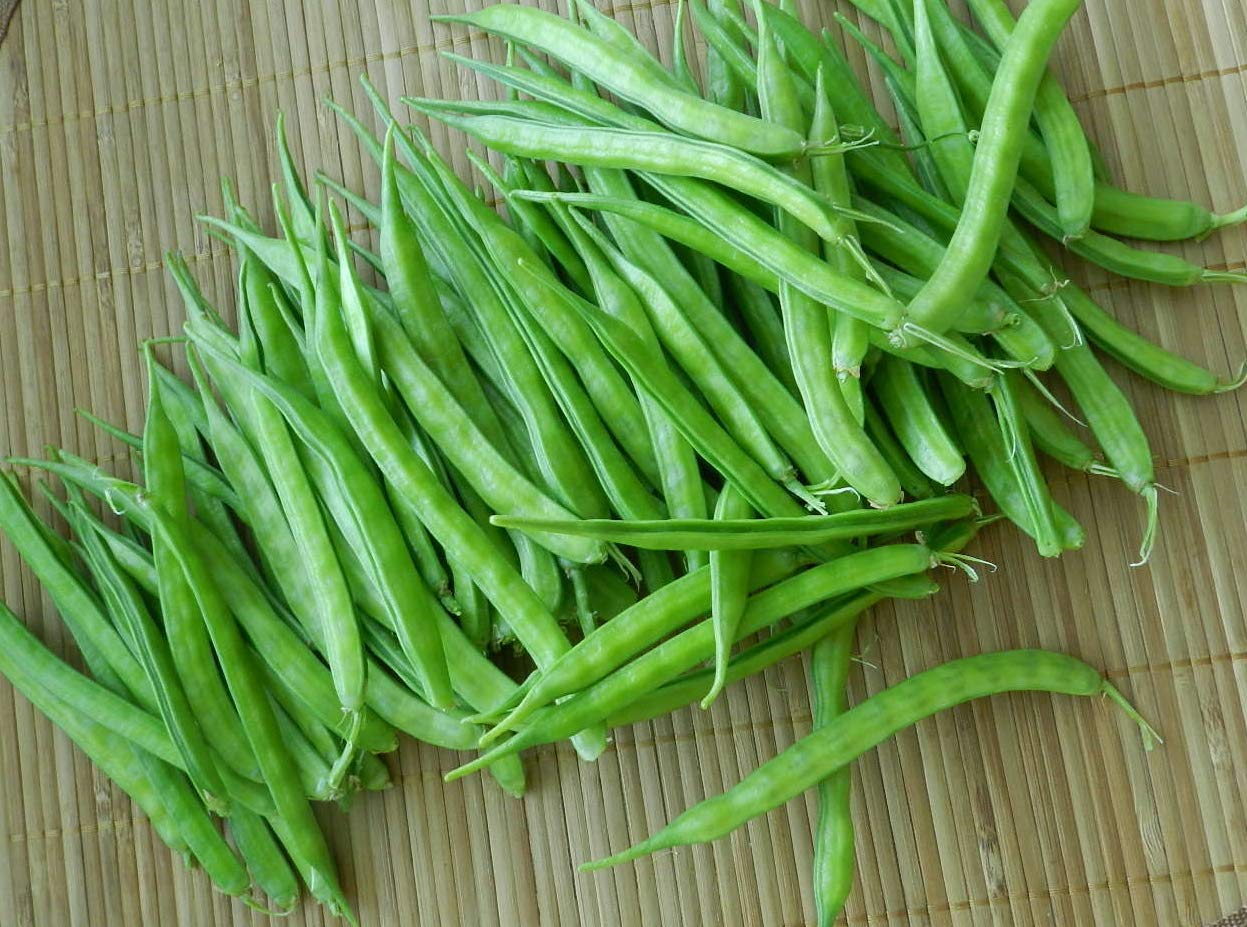
Cluster beans, also known as guar, are more than just a vegetable. These beans pack a punch with their nutritional value and versatility. Ever wondered why they are so popular in Indian cuisine? Cluster beans are rich in fiber, protein, and essential vitamins like A, C, and K. They help in managing diabetes, improving digestion, and boosting heart health. But that's not all! These beans are also used in the production of guar gum, a thickening agent in foods and cosmetics. Curious about how they grow? They thrive in hot, arid climates, making them perfect for regions with less rainfall. Ready to learn more? Let's dive into 20 fascinating facts about cluster beans!
Key Takeaways:
- Cluster beans, also known as guar beans, are a nutritious and low-calorie vegetable that supports weight loss, heart health, and blood sugar control. They are rich in fiber, protein, and essential vitamins, making them a great addition to a healthy diet.
- Growing cluster beans is easy and can be done in warm climates with plenty of sunlight. They thrive in well-drained, sandy loam soil and are ready for harvest in 60-90 days. Cluster beans can be used in a variety of dishes, including curries, salads, pickles, soups, and steamed for extra nutrition.
What Are Cluster Beans?
Cluster beans, also known as guar beans, are a popular vegetable in many parts of the world. They are known for their unique taste and numerous health benefits. Let's dive into some interesting facts about these beans.
- Scientific Name: The scientific name for cluster beans is Cyamopsis tetragonoloba.
- Origin: Cluster beans are believed to have originated in India.
- Nutritional Value: They are rich in dietary fiber, protein, and vitamins.
- Low in Calories: These beans are low in calories, making them a great addition to a weight-loss diet.
- Guar Gum: Cluster beans are the primary source of guar gum, used in various industries, including food and cosmetics.
- Blood Sugar Control: They help in regulating blood sugar levels, beneficial for diabetics.
- Heart Health: The fiber in cluster beans aids in lowering cholesterol levels, promoting heart health.
- Bone Health: Rich in calcium and phosphorus, they contribute to strong bones.
- Digestive Health: The high fiber content supports healthy digestion and prevents constipation.
- Antioxidants: Cluster beans contain antioxidants that help fight free radicals in the body.
How to Grow Cluster Beans
Growing cluster beans is relatively easy and can be done in various climates. Here are some facts about their cultivation.
- Climate: They thrive in warm climates and require plenty of sunlight.
- Soil: Well-drained, sandy loam soil is ideal for growing cluster beans.
- Planting Season: The best time to plant them is during the summer months.
- Watering: They need regular watering but should not be overwatered to avoid root rot.
- Harvest Time: Cluster beans are usually ready for harvest 60-90 days after planting.
Culinary Uses of Cluster Beans
Cluster beans are versatile and can be used in various dishes. Here are some culinary facts.
- Traditional Dishes: In India, they are often used in curries and stir-fries.
- Salads: They can be added to salads for a crunchy texture.
- Pickles: Cluster beans are also used to make pickles.
- Soups: They can be added to soups for extra nutrition.
- Steamed: Steaming cluster beans is a healthy way to retain their nutrients.
The Final Word on Cluster Beans
Cluster beans, or guar, pack a punch in both nutrition and versatility. These humble legumes offer a rich source of fiber, protein, and essential vitamins. They’re not just good for your health but also play a significant role in agriculture and industry. From improving soil fertility to being a key ingredient in food products and cosmetics, cluster beans are truly multi-functional.
Including them in your diet can help manage blood sugar levels, aid digestion, and even support weight loss. Whether you’re a farmer, a chef, or just someone looking to eat healthier, cluster beans deserve a spot on your radar. So next time you’re at the market, don’t overlook these green gems. They might just be the nutritious boost you’ve been looking for.
Frequently Asked Questions
Was this page helpful?
Our commitment to delivering trustworthy and engaging content is at the heart of what we do. Each fact on our site is contributed by real users like you, bringing a wealth of diverse insights and information. To ensure the highest standards of accuracy and reliability, our dedicated editors meticulously review each submission. This process guarantees that the facts we share are not only fascinating but also credible. Trust in our commitment to quality and authenticity as you explore and learn with us.


